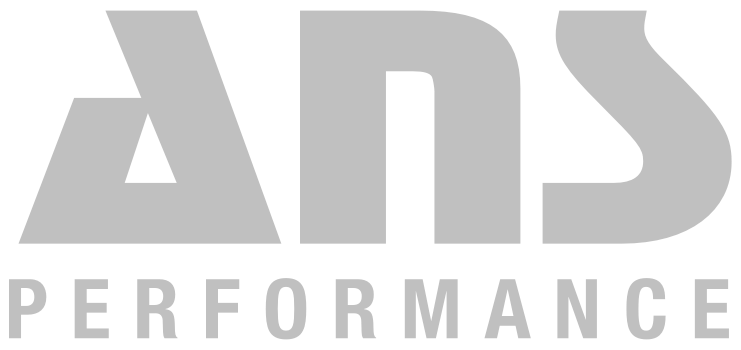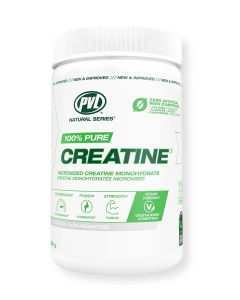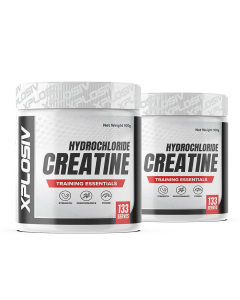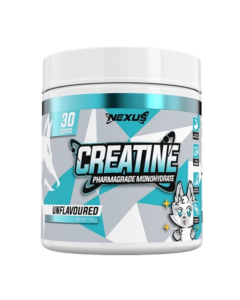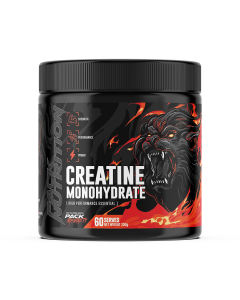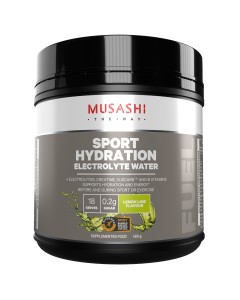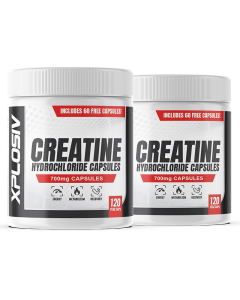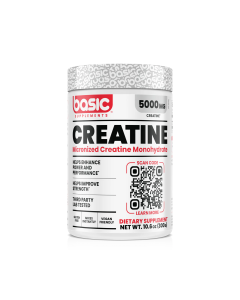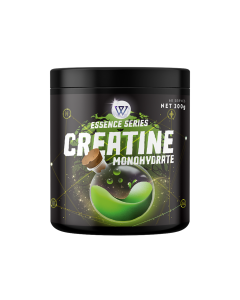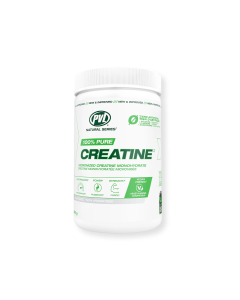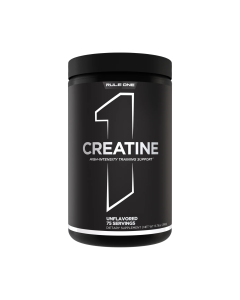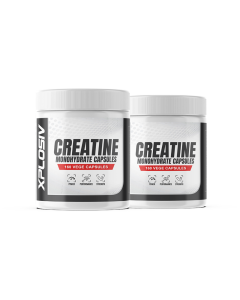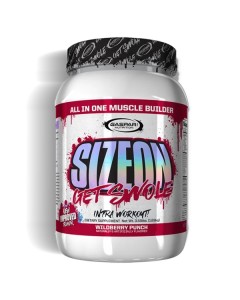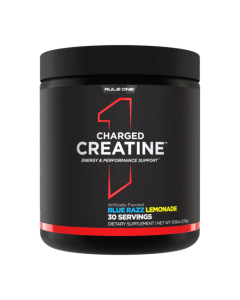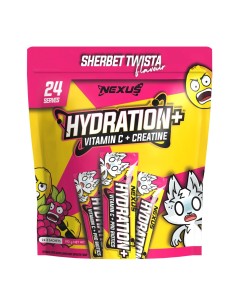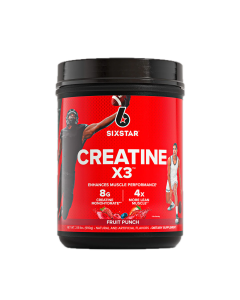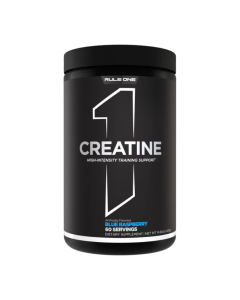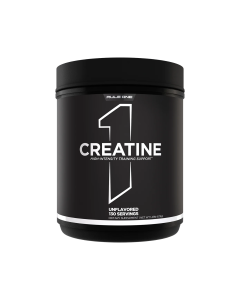Creatine
One of the most researched and proven supplements to improve athletic performance and increase strength.
Hit a plateau? Support your strength & recovery goals with Creatine.
Strength & Recovery
Memory & Focus
Healthy Aging
Women's Health
The world’s most-researched supplement, trusted by tens of thousands in Australasia—Swoleys Gummies alone have over 725 verified reviews.
Aligned with the International Society of Sports Nutrition (ISSN) position stand.

Top Picks

Creatine Monohydrate Powder
Most cost-effective for proven benefits.
$29.95 $39.95
$0.50/serve

Creatine Monohydrate Capsules
Tasteless, simple, no mixing.
$29.95 $39.95
$0.75/serve

Swoleys Gummies
A delicious, candy-like daily treat.
$49.95
$1.25/serve
Think creatine makes you bloated? Wrong.
That’s the #1 myth. The truth is creatine pulls water into your muscles—not under your skin—so you won’t look puffy or soft. Instead, your muscles fill out from the inside, making them appear firmer and often more defined. This is also the exact process that powers better lifts, faster recovery, and long-term strength gains. Stick with your daily dose and let the results speak for themselves.
Your Simple Start Guide
The Simple Path
- 3–5 g daily
- Timing doesn’t matter
- Take it every day (even rest days)
Optional Loading Phase
For faster results
20 g/day for 5–7 days (split into 4x5g doses), then 5 g/day. This speeds muscle saturation, but is not required.
Pro-Tip: Boost Absorption
Taking creatine with carbs can slightly help, but consistency is king.
Which Creatine is Right for You?
| Feature | Powder | Capsules | Gummies |
|---|---|---|---|
| Best For | Maximum value & flexibility | No taste, simple to take | Ultimate convenience & enjoyment |
| Price per Serving | $0.50 | $0.75 | $1.25 |
| Convenience |
How Creatine Works
1. The Energy Drain
Your muscles' energy runs out fast during heavy lifts.
2. The Instant Recharge
Creatine rapidly restores that energy for the next push.
3. Breaking Through
This recharge lets you push extra reps—where growth happens.
Key Areas of Impact
Strength & Power: May support the ability to lift heavier and produce more force.
Enhanced Endurance: Can help in pushing through more reps and sets.
Faster Recovery: Aids in bouncing back quicker between workouts.
Beyond The Gym: Additional Benefits
Memory & Focus: Clinical studies show creatine improves memory performance and attention, especially under stress or poor sleep.
Women's Health: Women have naturally lower creatine stores and may benefit more during PMS, perimenopause, and hormonal changes.
Healthy Aging: Supports muscle preservation, bone health, and cognitive function as you age.
Sleep Recovery: Helps offset negative effects of poor sleep on performance and brain function.
"Creatine is one of the most popular nutritional ergogenic aids for athletes... Studies have consistently shown that creatine supplementation increases intramuscular creatine concentrations [and] can improve exercise performance..."
Frequently Asked Questions
Do I need a 'loading phase' for creatine?
No. A loading phase (20g/day for 5–7 days) speeds up muscle saturation but isn't required. A consistent 3–5g daily dose achieves the same results in about 3-4 weeks.
Will creatine make me lose definition or look 'bloated'?
No, this is a common myth. Creatine pulls water into your muscle cells (intracellular water), making them appear fuller and firmer, not puffy or soft under the skin.
Do I need to cycle creatine?
No. Continuous daily use is proven safe and effective for maintaining saturated muscle creatine stores. There is no need to cycle on and off.
What is the best time to take creatine?
Timing does not matter. The key to creatine's effectiveness is consistent daily intake to keep your muscles saturated, regardless of whether you take it before or after a workout, or on a rest day.
Do vegetarians and vegans benefit more from creatine?
Often, yes. Since creatine is naturally found in meat, individuals on plant-based diets have lower baseline stores. Supplementation can therefore lead to more significant improvements in performance and strength.
Does creatine help with memory and brain function?
Yes. Multiple clinical trials show measurable improvements in memory, attention, and cognitive processing speed.
Is creatine beneficial for women?
Absolutely. Women typically have lower natural creatine stores and can see greater benefits, especially during hormonal changes like PMS or menopause.
Is long-term creatine use safe?
Yes. Studies up to 21 months show continuous use is safe with no kidney damage or harmful side effects in healthy adults.
Can creatine help with poor sleep?
Research shows creatine can help maintain performance and cognitive function even when sleep-deprived.
What is creatine?
Creatine is a substance that is naturally found within the body. However, most people consume it in their diet from red meat or seafood and plenty of other people also supplement with creatine, both in pill and powder form.
Your body converts creatine into phosphocreatine and is stored in your muscles where it is used for energy. This helps to produce a substance called adenosine triphosphate (ATP), this then provides the energy required for muscle contractions. The more ATP you have, the better your body can perform during high-intensity exercise, this is especially important for high-performance athletes in explosive sports such as weight lifting and sprinting.
Supplementing with creatine
Creatine is an excellent supplement to add for anyone looking to increase strength, muscle mass or explosive power. Creatine will not directly increase muscle mass but will leave you better equipped with the tools to do so.
However, it is important to cycle on and off creatine, extended periods of use could lead to abnormally high creatinine levels which may be a sign of poor kidney health. For optimal health and benefits, cycle off creatine for a month every 2-4 months.
The dosage will vary from person to person when it comes to the size of the individual as well as the form of creatine. More soluble variants such as creatine hydrochloride (HCL) and free acid creatine will require a lower dose than creatine monohydrate. For best results, consume your creatine with a quick digesting source of carbohydrates to improve effectiveness.
What are the benefits of creatine?
Creatine is one of the most evidence-based supplements in the world. It has proven effective in improving athletic performance and strength. Whether it be for amateur, high-school, professional athletes, or any individual wanting to increase strength and hypertrophy, creatine is an excellent supplement to take advantage of.
How is creatine made?
Creatine is naturally made in the body but the synthetic form which we consume in supplements is made by combining sarcosine and cyanamide, not to be confused, with cyanide. Individually, these ingredients are not fit for human consumption, when combined, they are perfectly fit for humans to consume, and because they are not derived from animal products, creatine is perfectly fine for vegetarians and vegans to consume.
The first step that takes place, is that these chemicals are combined together and heated under pressure to take on a crystal form. This crystallized creatine is then refined to remove any unwanted particles and finally goes through a milling process. After this process, you now have creatine monohydrate that is ready for consumption.
What are the different forms of creatine?
There are several different forms of creatine, but there are 2 that stand tall above the rest. Creatine monohydrate and creatine hydrochloride (HCL). A few of the other forms of creatine that are less common include creatine AKG, creatine citrate, creatine ester, creatine gluconate as well as creatine phosphate.
Creatine monohydrate is the most common form of creatine on the market. It has had the most research, proven effective and is also one of the cheapest forms of creatine available. An excellent way to increase strength and performance at a low cost.
Creatine HCL is one of the newer forms of creatine on the market and is often the preferred choice of creatine due to its increased potency, solubility and lack of bloating that are commonly associated with other sources of creatine.

